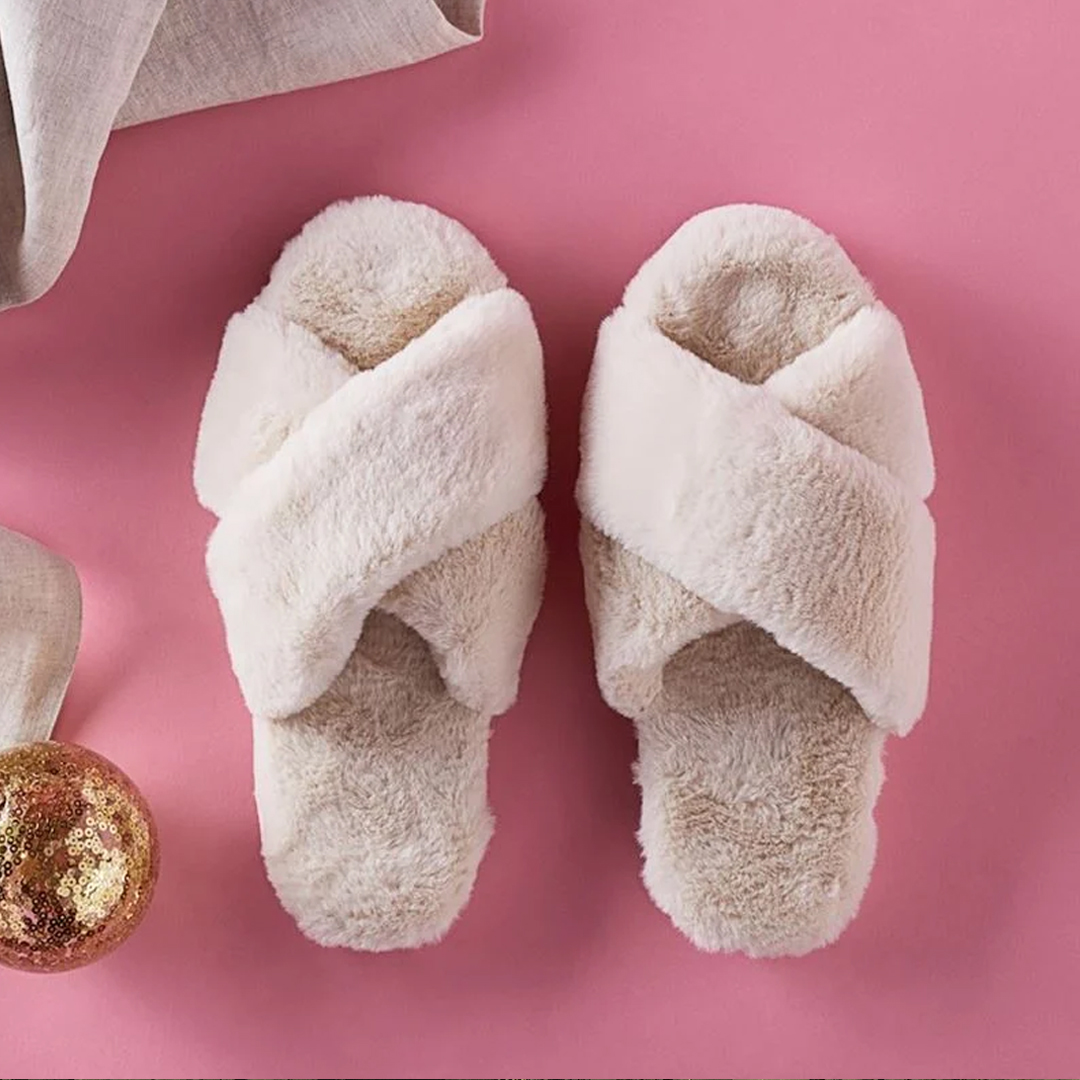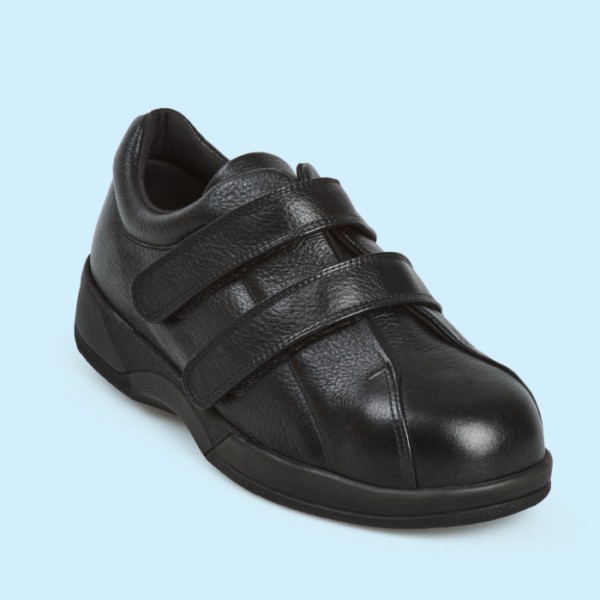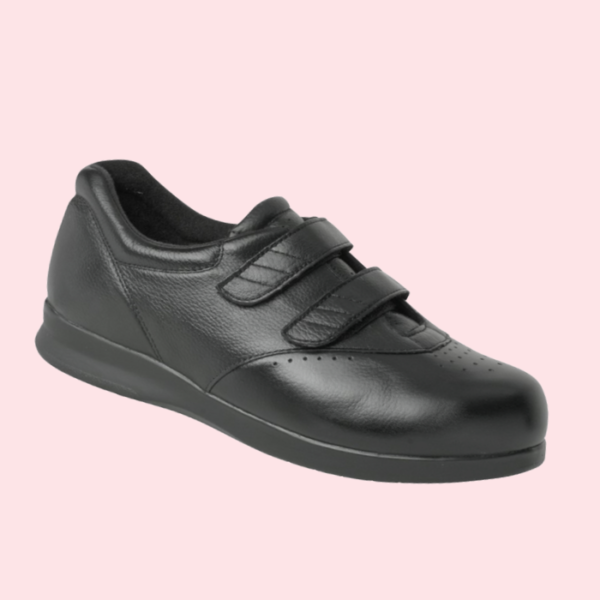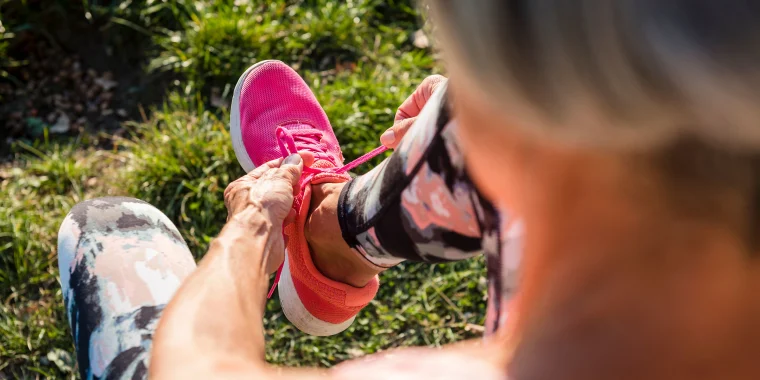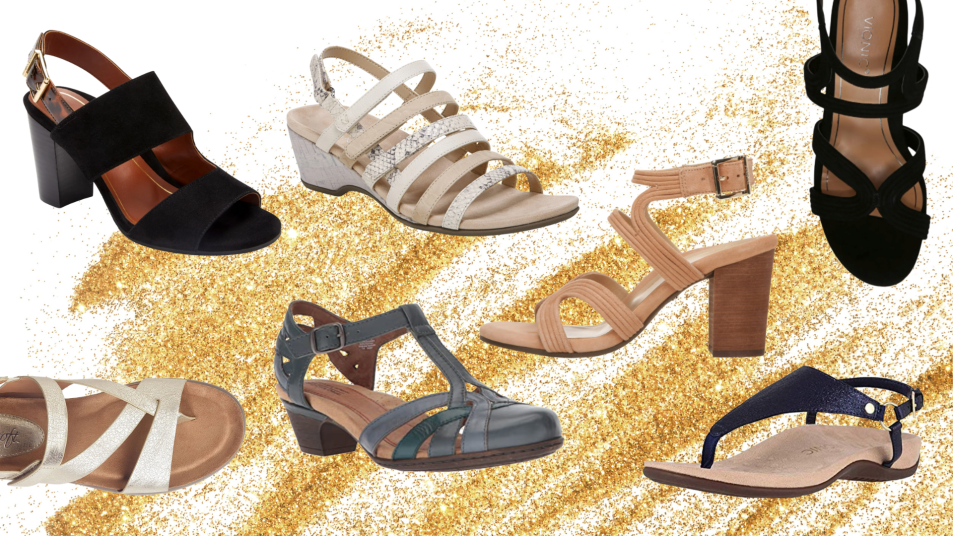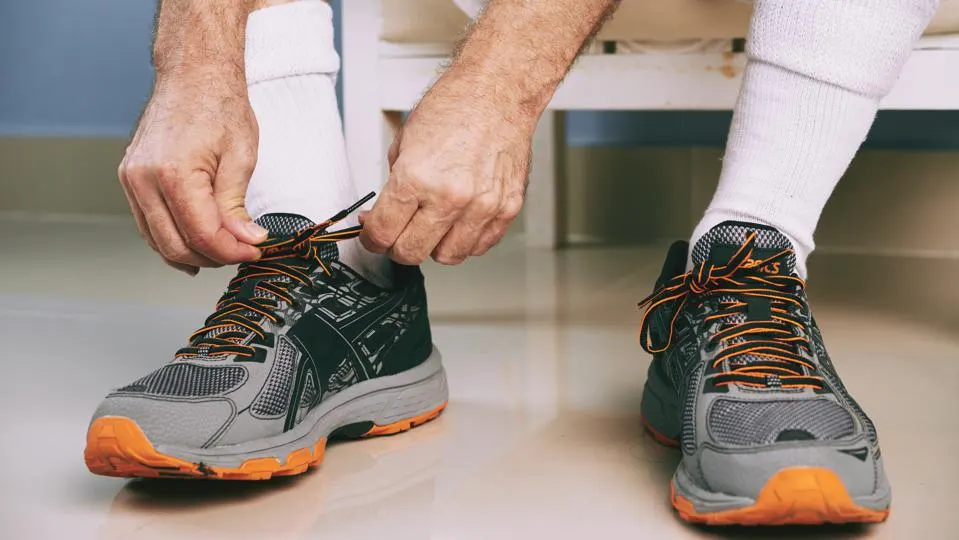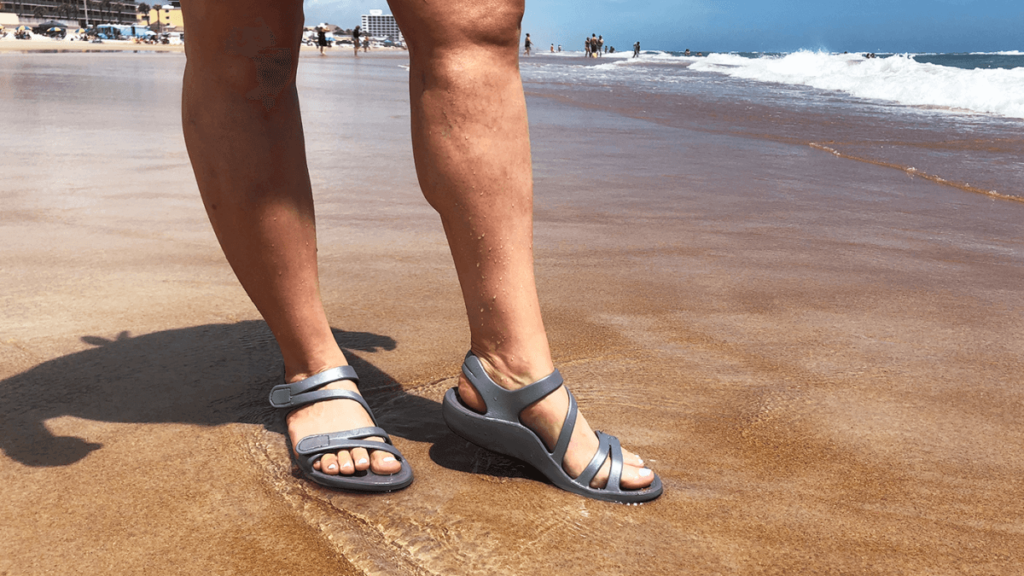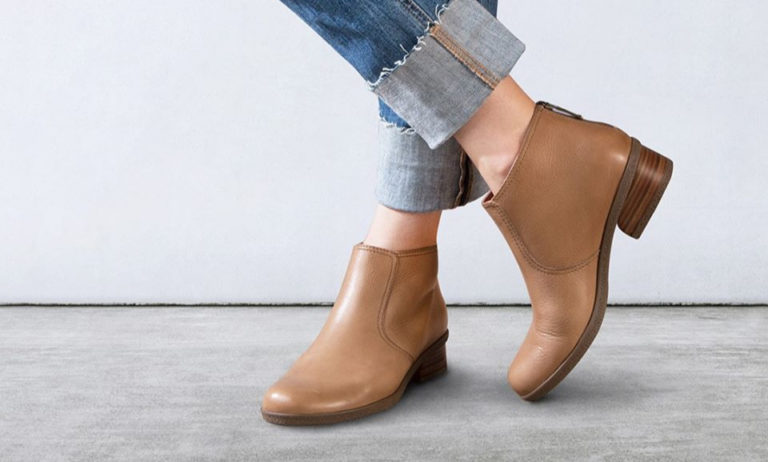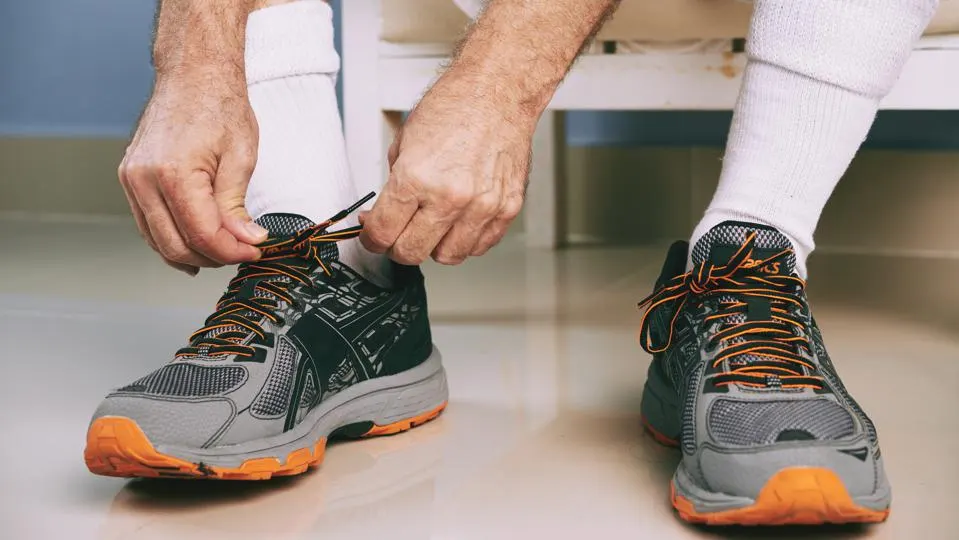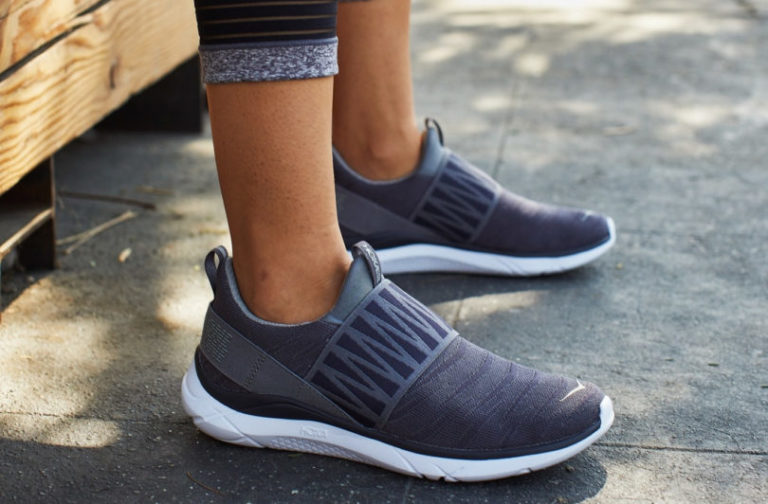When it comes to finding the best shoes for bunions, there are a few key features to look for that can provide comfort and accommodate the specific needs of individuals with bunions.
What Is Bunion And How Best Shoes For Bunions Can Help Recover
A bunion is a bony bump that forms at the base of the big toe, causing the joint to become misaligned and protrude outward. It typically develops due to factors like genetics, foot structure, and wearing tight or ill-fitting shoes. Bunions can be painful and lead to difficulty in finding comfortable footwear. The solution is Best Shoes For Bunions which you can get by recommendations.
The best shoes for bunions can help with recovery and provide relief in several ways:
Accommodating the Bunion
Shoes designed for bunions usually have a wider toe box, providing ample space for the bunion to sit comfortably without additional pressure or friction. This accommodation allows the bunion to heal and reduces pain and discomfort.
Reduced Pressure and Friction
Well-fitting shoes for bunions are made from soft and flexible materials that don’t put excessive pressure on the bunion area. These materials reduce friction between the foot and the shoe, preventing irritation and the development of painful corns or calluses.
Improved Alignment and Stability
Shoes that provide good arch support and overall stability help align the foot properly, reducing strain on the bunion and promoting proper foot mechanics. This alignment helps relieve pain and can contribute to the healing process.
Cushioning and Shock Absorption
The best shoes for bunions often feature supportive insoles with cushioning and shock-absorbing properties. These features provide additional comfort and help minimize the impact on the bunion, reducing pain and inflammation.
Enhanced Comfort and Mobility
When recovering from a bunion, it’s essential to wear shoes that are comfortable and allow for ease of movement. The right shoes for bunions offer a secure and adjustable fit, ensuring that the foot remains stable and supported without causing discomfort.
Prevention of Further Complications: By wearing well-fitting shoes designed for bunions, you can prevent the progression of the condition and potential complications. Proper footwear reduces the likelihood of additional pain, deformity, or the need for surgical intervention.
It’s important to note that while the best shoes for bunions can provide relief and support during recovery, they may not completely cure or eliminate bunions. In severe cases, surgical intervention may be necessary. Consulting with a podiatrist or foot specialist is recommended to assess your specific condition and determine the best course of action, which may include footwear recommendations tailored to your needs.
Here are some recommendations when searching for Best Shoes For Bunions:
Wide Toe Box
Opt for shoes that offer a spacious toe box to accommodate the bunion and prevent additional pressure on the affected area. This allows the toes to spread out naturally and reduces friction and irritation.
A wide toe box is essential for accommodating bunions. It allows the toes to spread out naturally and prevents pressure and friction on the bunion area. Look for shoes that have a wider and more generous toe box, allowing your toes to have ample space without feeling cramped or squeezed together.
Soft and Flexible Materials
Choose shoes made from soft and flexible materials, such as leather or stretchable fabrics. These materials can help reduce pressure on the bunion and minimize discomfort.
Choosing shoes made from soft and flexible materials is crucial for bunion comfort. Leather or stretchable fabrics are ideal choices as they can provide a gentle and forgiving fit. These materials can conform to the shape of your bunion and reduce irritation and rubbing, enhancing overall comfort.
Adjustable Closures
Look for shoes with adjustable closures like laces, straps, or buckles. This allows you to customize the fit and accommodate the bunion while providing necessary support and stability.
Shoes with adjustable closures such as laces, straps, or buckles offer the advantage of customization. You can adjust the tightness or looseness of the shoe to accommodate your bunion while ensuring a secure and supportive fit. This feature allows for better control over the pressure applied to the bunion area.
Supportive Insoles
Shoes with cushioned and supportive insoles can provide added comfort and help distribute pressure evenly throughout the foot. Consider using orthotic inserts or custom-made insoles for additional arch support and alignment.
Supportive insoles play a significant role in cushioning and supporting the foot, particularly when dealing with bunions. Look for shoes that have well-padded and cushioned insoles to provide comfort and shock absorption. Consider using orthotic inserts or custom-made insoles for additional arch support and alignment, which can help alleviate bunion pain.
Low Heels or Flat Shoes
High heels can exacerbate bunion pain and put excessive pressure on the forefoot. Opt for shoes with low heels or, ideally, flat shoes to reduce strain on the bunion and promote proper foot alignment.
High heels can put excessive pressure on the front of the foot, including the bunion area. Opting for low heels or, ideally, flat shoes can help reduce strain on the bunion and promote proper foot alignment. Flat shoes provide a more even distribution of weight across the foot and are generally more comfortable for individuals with bunions.
Avoid Pointed Toe Shoes
Pointed toe shoes can squeeze the toes together, aggravating bunions. Instead, choose shoes with a rounded or square toe design to give the toes more space.
Pointed toe shoes can squeeze the toes together, putting pressure on the bunion and exacerbating discomfort. It’s best to avoid these types of shoes and instead choose shoes with a rounded or square toe design. These styles provide more room for the toes and alleviate pressure on the bunion area.
Consider Bunion-Specific Shoes
There are brands that specialize in designing shoes for individuals with bunions. These shoes often incorporate features like stretchable materials, wide toe boxes, and bunion-friendly designs to provide optimal comfort and accommodate the bunion.
Shoes: Some brands specialize in designing shoes specifically for individuals with bunions. These shoes often incorporate multiple features to provide optimal comfort and accommodate bunions. They may have stretchable materials, extra-wide toe boxes, and bunion-friendly designs. Exploring bunion-specific shoes can be beneficial, as they are designed with the unique needs of bunion sufferers in mind.
Ask Foot Experts about Your Specific Foot Condition Before Buying a Shoe
By paying attention to these specific details when choosing shoes, you can find footwear that provides relief and comfort for your bunions. Remember, it’s essential to try on different styles and brands, and if possible, seek advice from a podiatrist or footwear specialist who can provide personalized recommendations based on your specific bunion condition.
Remember that everyone’s feet are unique, so it’s essential to try on different shoe styles and brands to find the ones that fit your feet best and provide the most comfort for your specific bunion condition. Consulting with a podiatrist or footwear specialist can also provide valuable guidance in selecting the best shoes for your bunions.
Shoes after Bunion Surgery are necessary for several reasons including:
Protection
Post-op bunion shoes are designed to protect the surgical site and the foot as it heals. They typically have a closed-toe design and sturdy construction to shield the foot from impact, pressure, and external elements that could potentially disrupt the healing process. Post-op bunion shoes are designed to protect the feet from injury and further damage during the healing process. They offer a solid sole that helps to stabilize the foot, preventing any accidental twists or turns that can impede the healing process.
Immobilization and Stability
After foot surgery, it’s essential to immobilize and stabilize the foot to prevent excessive movement and promote proper healing. Bunion shoes often feature adjustable straps or closures that allow for a customized and secure fit, ensuring that the foot remains in the correct position during the recovery period.
Support
These specialized shoes also provide support to the feet and help to distribute the weight evenly across the sole. They also have adjustable straps that keep the feet secure and stable, thus reducing the risk of falls and injuries.
Comfort
Footwear for bunions is designed with cushioning that can reduce pressure on the affected foot, making it easier and more comfortable to walk. This makes them perfect for individuals who have undergone foot surgery and need to take some time to recover.
Customizability
Many bunion shoes have customizable insoles that can help adjust to your foot’s unique shape, providing you with more support and comfort. They can also be adjusted for varying foot widths and arch heights.
Convenience
Best bunion shoes can be quickly slipped on and off, allowing you to perform simple tasks without putting too much stress on the recovering foot. This makes them an excellent choice for individuals who are going through post-surgery recovery and require assistance with mobility.
Offloading Pressure
Foot surgery often involves incisions, fractures, or other conditions that require reduced weight-bearing or pressure on specific areas of the foot. Bunion shoes are designed with features like cushioned insoles, shock-absorbing materials, and rocker soles to redistribute pressure away from the surgical area, allowing for a more comfortable and efficient recovery.
Ease of Use
Bunion shoes are designed with convenience in mind. They are typically easy to put on and take off, even for individuals with limited mobility or dexterity. This ease of use allows for seamless integration into the post-surgery routine, making it simpler for individuals to follow their recovery protocols.
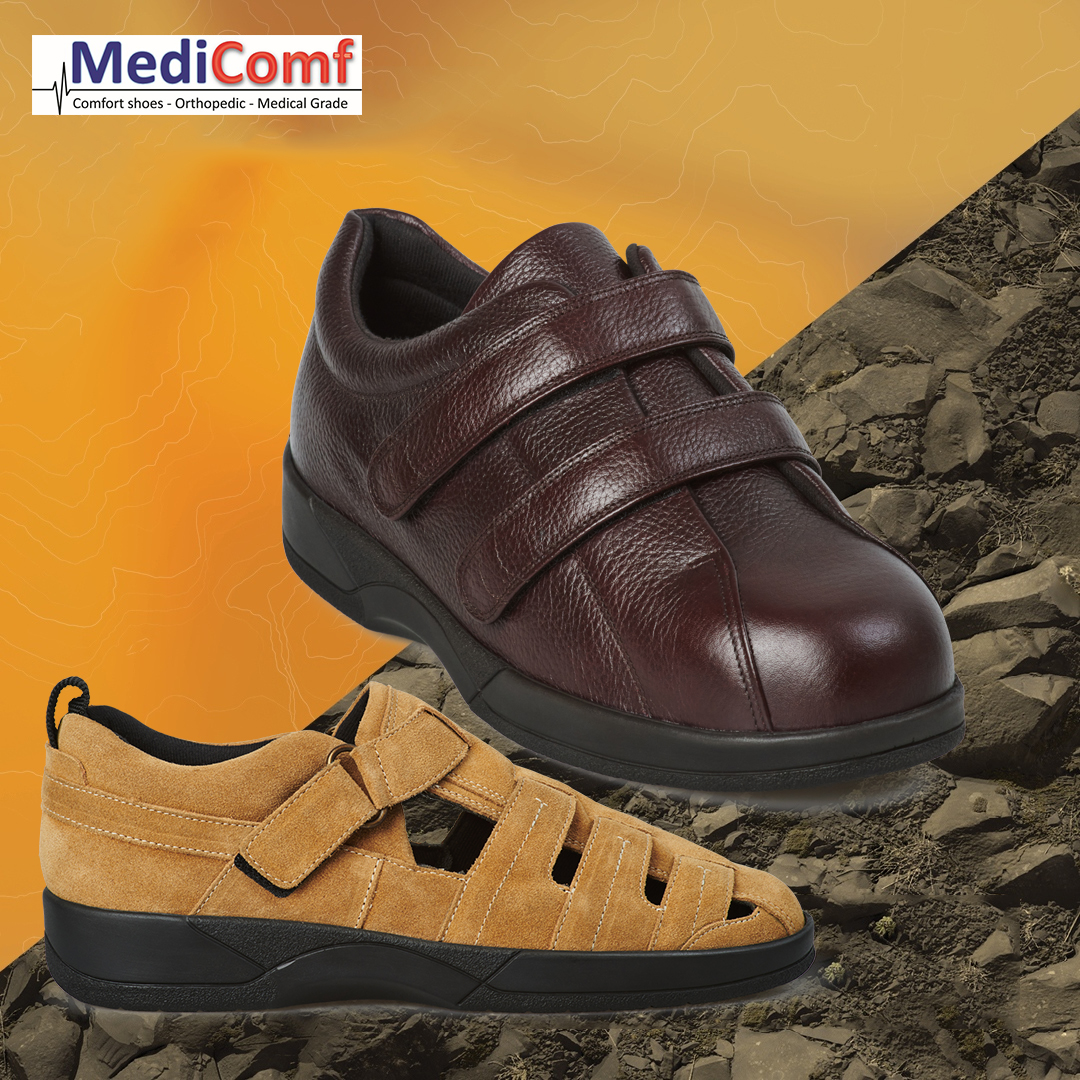
Shoes
